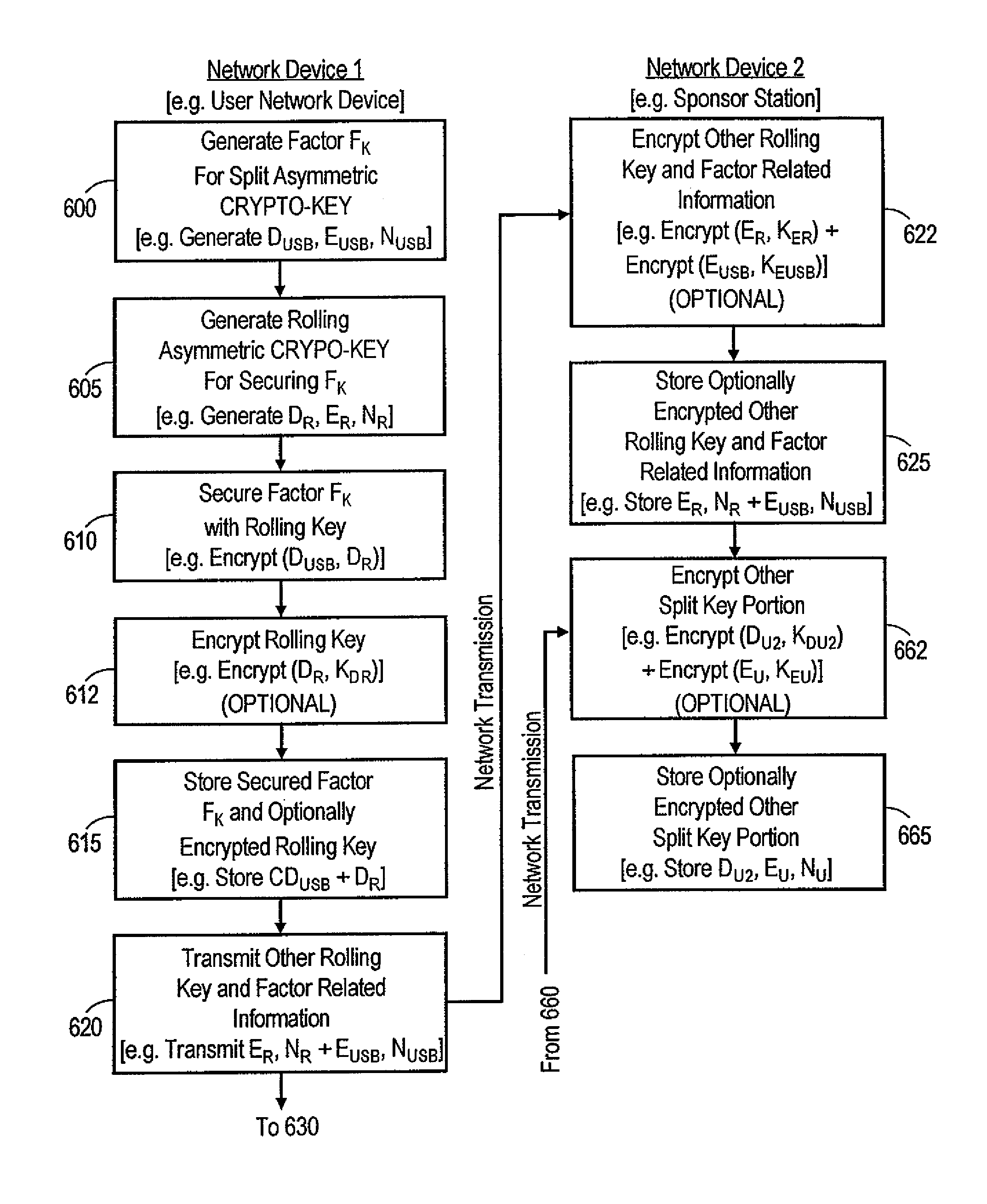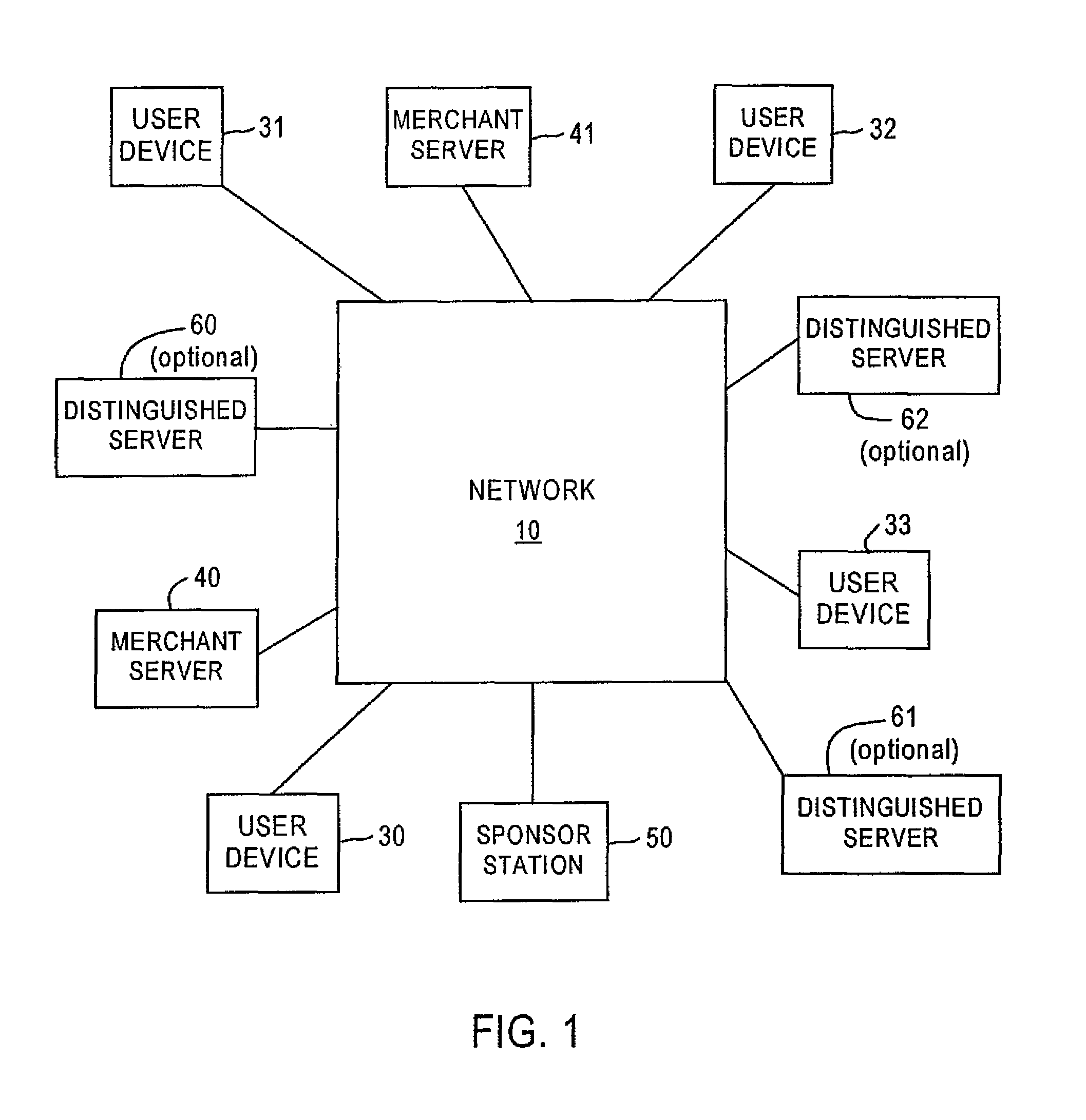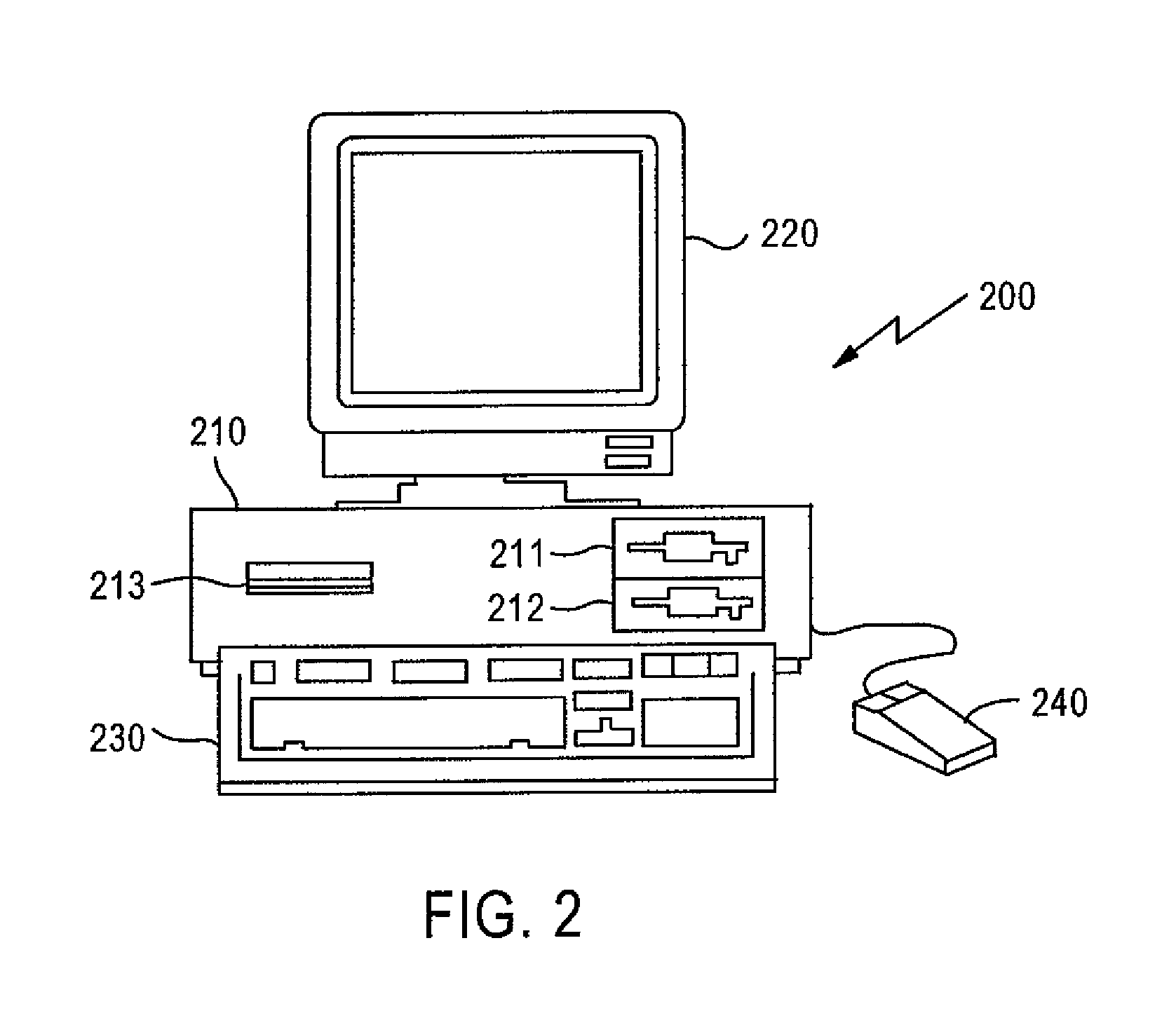Access control is an old problem, tracing its roots to the earliest days of computers.
This simple scheme suffers from two problems.
A second problem with this approach is that when Alice enters her
password it travels from her terminal to the computer in the clear, and Eve could potentially eavesdrop.
In this example as F(apple23) is a
one way function, computing XD45DTY from apple23 is easy, but as it is a “
one way function”, the reverse is believed to be computationally difficult or close to impossible.
However, this approach, while addressing the problems due to the storage of the
password on the computer, does not address the problem of the
password traveling in the clear.
The passwords are transmitted in the clear, thus token techniques are subject to man-in-the-middle attacks.
As will be recognized by those of ordinary skill in the art, this particular approach is undesirable due to it being susceptible to a
dictionary attack, to be discussed in detail further below.
Smart card techniques are associated with certain problems.
These problems include the fact that the technique is costly to implement, due to hardware costs.
Further, a lack of readers makes use of a user's
smart card difficult, and smart cards themselves are subject to loss.
An attacker who does not know K, and sees C, cannot successfully decrypt the message M, if the underlying algorithms are strong.
Symmetric key systems have always suffered from a major problem—namely how to perform
key distribution.
This is simply because in practice all known asymmetric systems are fairly inefficient, and while they are perfectly useful for encrypting short strings such as K, they are inefficient for large messages.
With digital signatures this is not possible since only the sender has knowledge of the sender's private key required to compute the signature.
The verifier can only verify the signature, but not generate it.
The process for getting and storing the binding [Alice, Ealice] which binds Ealice to Alice is tricky.
Asymmetric key cryptosystems have been around for a long time, but have found limited use.
The primary reasons are twofold: (a) the private key D in most systems is long, which means that users cannot remember them, and they have to either be stored on every computer they use, or carried around on smart cards or other media; and (b) the infrastructure for ensuring a
certificate is valid, which is critical, is cumbersome to build, operate, and use.
This clearly does not scale well to an environment with millions of users.
A later technique proposed to validate certificates was to require that one inquire about the validity of a
certificate on-line, which has its own associated problems.
Further, if the
server is informed that a particular ID has been suspended or revoked, then it will cease to perform its part of the operation for that user, and consequently no further signatures can ever be performed.
The converse function in SSL,
client side SSL, which lets a
client authenticate herself to a
server by means of a
digital signature is rarely used, because although the technical mechanism is much the same, it now requires users to manage certificates and long private keys which has proven to be difficult, unless they use the split private key
system.
This is inaccurate because, if they are used carefully, passwords can actually achieve “strong” security.
Although the attacker did not
gain access, now legitimate users cannot access their own accounts either, creating a denial of service problem.
The
system is only vulnerable to this
attack if it is true that M has some predictable structure.
Thus, a compromise of the password, i.e., another person learning a user's password, results in a compromise of the split private key system.
As discussed above, many of the existing multiple factor systems that address these problems rely upon expensive hardware.
Because of this and other reasons, such systems have failed to
gain widespread support.
Preferably,
encryption of DUSB is not performed with the user's password, because this would still leave DUSB vulnerable to dictionary attacks and guessing attacks.
Furthermore, in cases where the factors include DUSB, but not Dtether, there is no
tethering key to encrypt DUSB.
 Login to View More
Login to View More  Login to View More
Login to View More 


